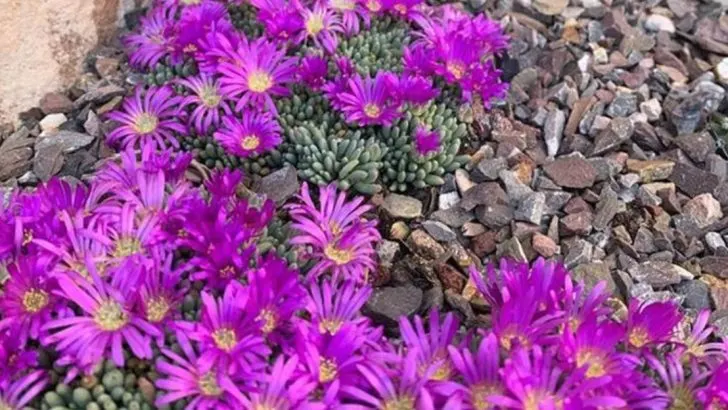Some plants pull double duty: they grow quickly to fill bare spots and stick around for the long haul. The right ground covers and perennials can give your garden immediate impact and lasting beauty, saving you time and effort season after season.
These fast-growers establish quickly, help suppress weeds, and create a lush, layered look. Even better, they come back year after year, requiring little maintenance once settled. It’s a winning formula for low-effort, high-reward gardening.
In this article, we’ll explore 7 ground covers and 6 perennials that grow faster and last longer—perfect for gardeners who want to plant once and enjoy for years to come.
Creeping Thyme
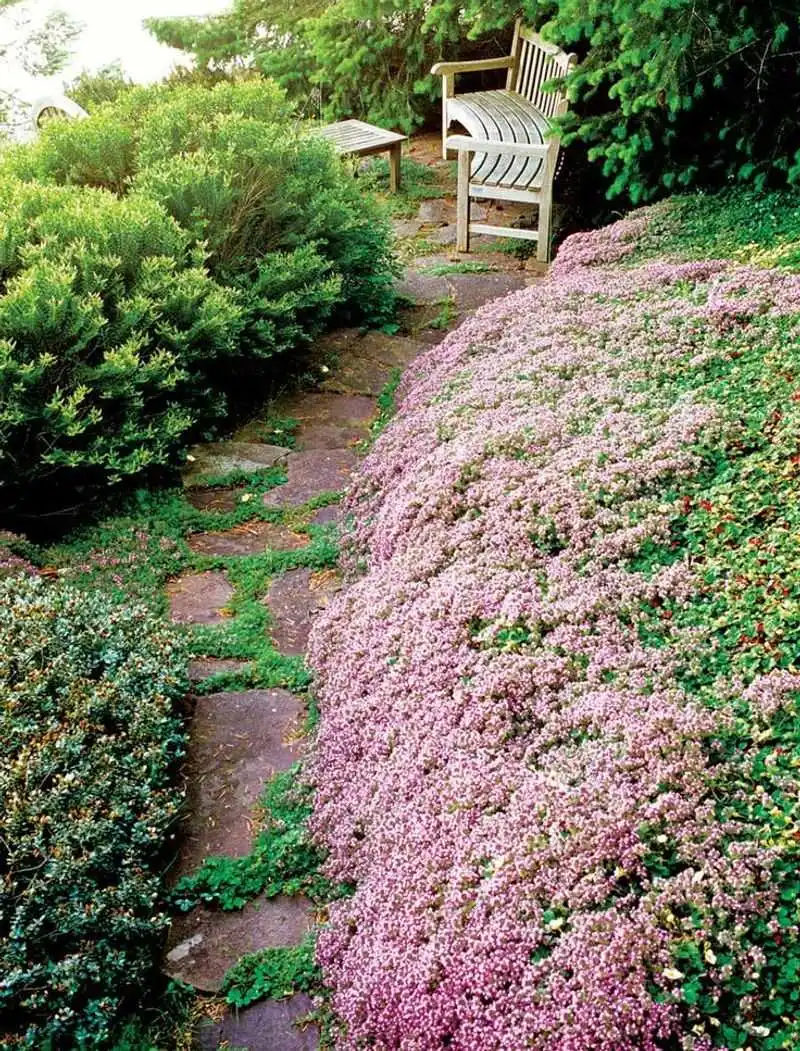
Known for its charming aroma and delicate appearance, creeping thyme quickly forms a dense mat across the ground. Its vibrant flowers attract bees, making it both a practical and beautiful choice for gardeners. Ideal for filling gaps between stepping stones, it requires minimal upkeep once established. A sunny spot will see it flourish, where it can also act as a natural mosquito repellent. Not only does it provide a visual feast, but its leaves double as a culinary herb. For those seeking a versatile and enduring ground cover, creeping thyme is a top contender.
Ajuga Reptans
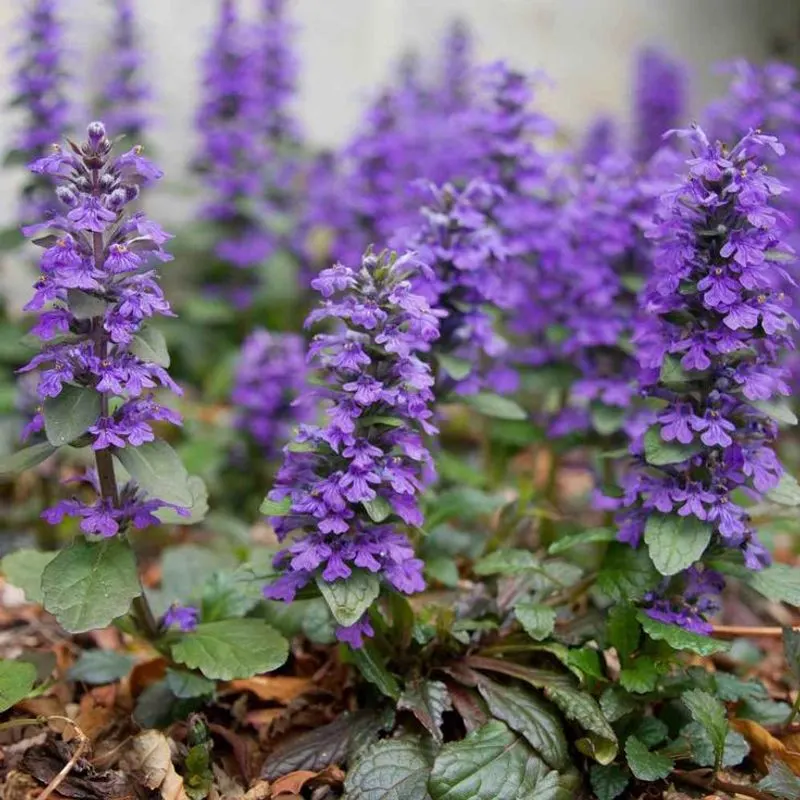
Ajuga Reptans, also known as Bugleweed, captivates with its striking blue flower spikes. This ground cover is perfect for shaded areas where other plants might struggle. Its evergreen foliage offers year-round interest, displaying shades from green to burgundy. Over time, it spreads effortlessly, suppressing weeds and adding texture to the garden. Gardeners value it for its adaptability and low maintenance, thriving with just occasional watering. Plant it alongside hostas or ferns for a harmonious contrast. Its resilient nature ensures a long-lasting presence in any garden setting.
Sedum ‘Dragon’s Blood’
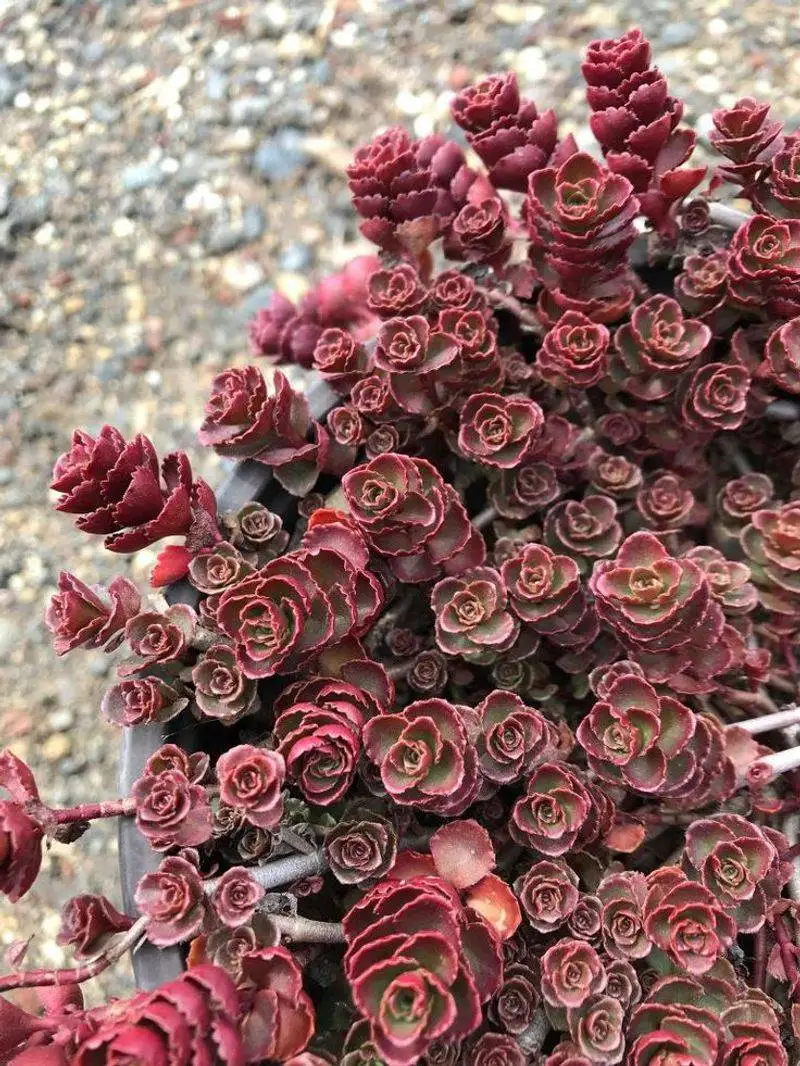
Boasting a name as intriguing as its appearance, Sedum ‘Dragon’s Blood’ brings a bold splash of color to any garden. Its succulent leaves shift from green to deep red as the seasons change, while its starry flowers add a touch of whimsy. Perfect for rock gardens or sunny borders, this sedum thrives in well-drained soil, requiring little attention. It’s drought-tolerant nature makes it an asset for xeriscaping. Consider pairing it with ornamental grasses for an eye-catching display. Its enduring appeal is matched by its hardiness, ensuring lasting beauty year after year.
Lilyturf (Liriope muscari)
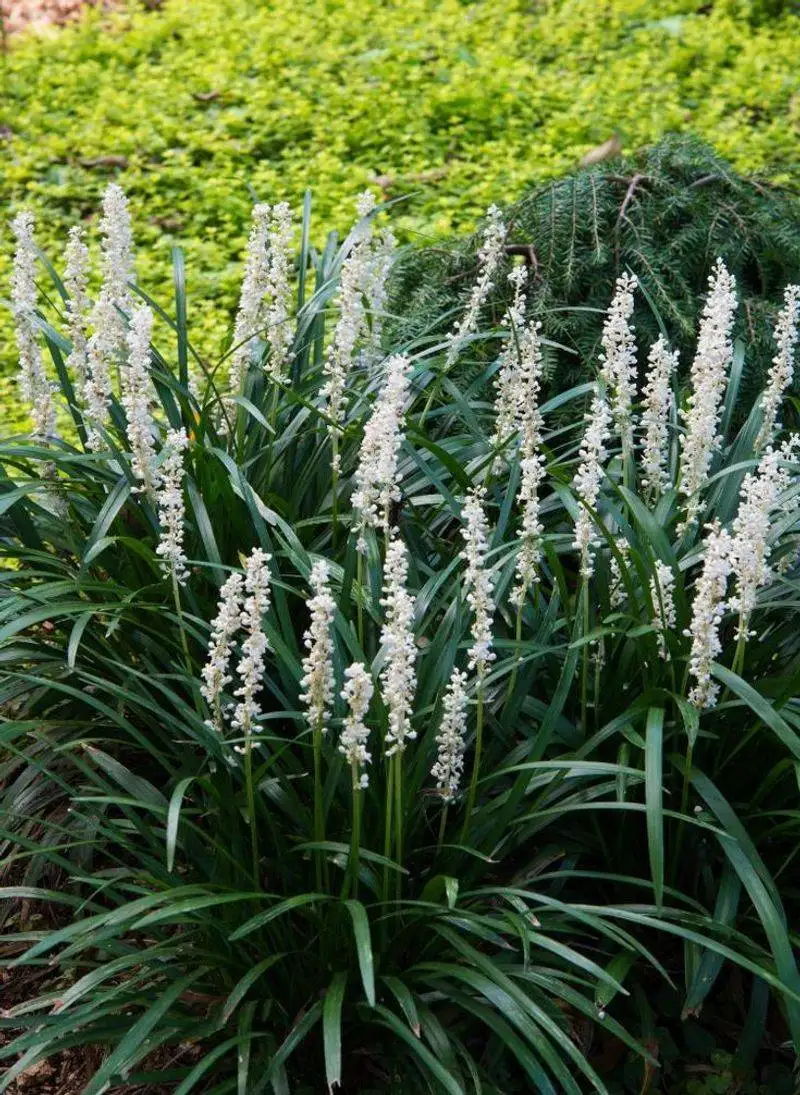
Lilyturf, often known for its spiky purple blooms, serves as an excellent ground cover choice. Its grassy leaves offer a striking contrast to its colorful flowers, creating visual interest throughout the growing season. Adaptable to various soil types, lilyturf is resilient, making it suitable for difficult spots in the garden. It’s excellent for borders, offering a neat and tidy appearance. By planting in masses, you can achieve a stunning visual effect. As a bonus, it’s deer-resistant, ensuring your garden remains unspoiled. Lilyturf’s robust nature guarantees a lasting garden presence.
Ice Plant (Delosperma)
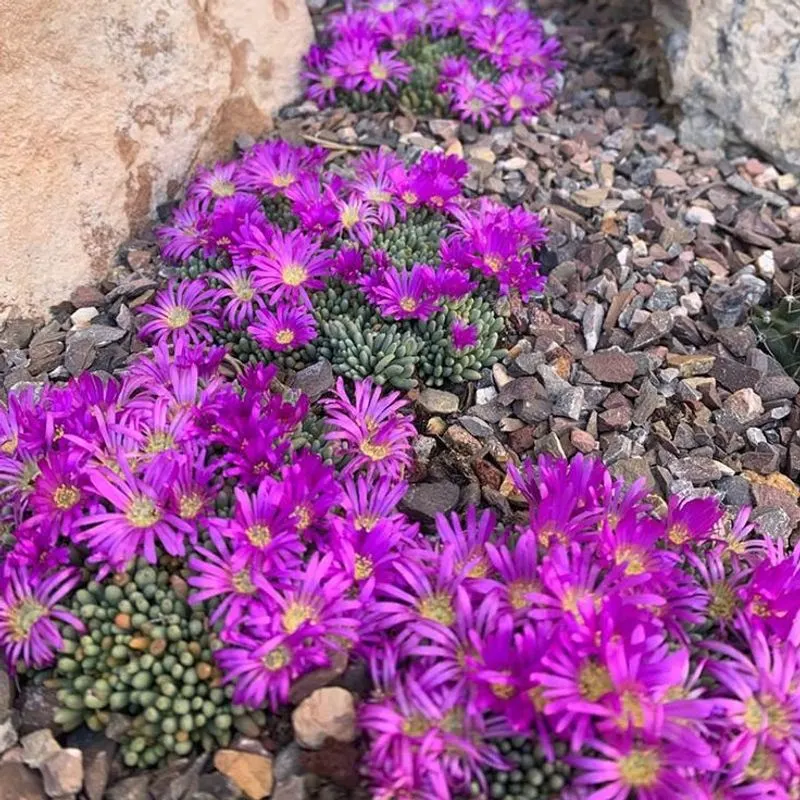
The Ice Plant stands out with its dazzling, daisy-like flowers that seem to shimmer in the sun. Known for its low-growing, succulent nature, it’s perfect for areas where water conservation is a priority. Thriving in rocky or sandy soils, it adds a splash of color to any dry garden space. Its fleshy leaves retain moisture, making it an excellent choice for xeriscaping. Plant it in full sun for the best floral display. Gardeners love its ability to attract butterflies while being unpalatable to deer. The Ice Plant promises vibrant beauty with minimal care.
Mazus Reptans
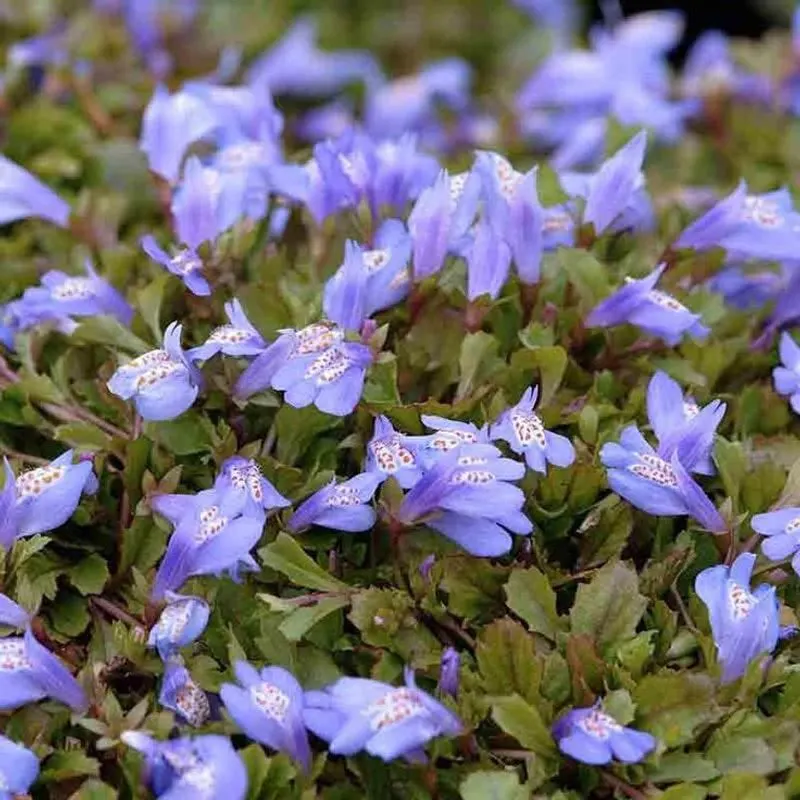
Often overlooked, Mazus Reptans is a hidden gem in the world of ground covers. Its charming purple flowers create a soft carpet effect, ideal for filling in garden gaps. Preferring moist, well-drained soil, it thrives in both sun and partial shade. Its rapid growth habit ensures quick coverage, while its low stature makes it ideal for edging pathways. As a bonus, it’s resistant to foot traffic, making it perfect for high-traffic areas. Pair it with taller perennials to enhance its delicate beauty. Mazus Reptans combines elegance with practicality in any garden.
Irish Moss (Sagina subulata)
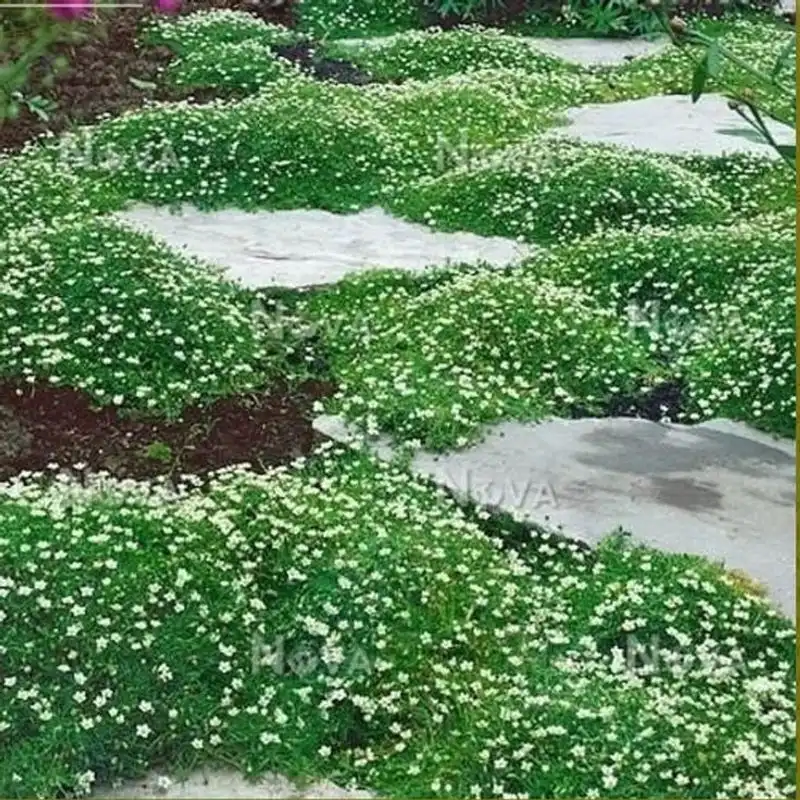
Irish Moss, with its vibrant green, carpet-like appearance, offers a serene and refreshing feel to any garden space. Its soft, cushiony texture makes it a favorite for filling spaces between stepping stones. Tiny white flowers sporadically appear, adding a subtle charm. Preferring cool, moist conditions, it thrives in shaded areas. Its resilience against light foot traffic makes it functional as well as decorative. Gardeners appreciate its low-maintenance needs and its ability to suppress weeds. Whether used in rock gardens or as a lawn substitute, Irish Moss is a delightful addition.
Hosta ‘Blue Mouse Ears’

Cute and compact, Hosta ‘Blue Mouse Ears’ is a perennial superstar. Its rounded, blue-green leaves form an attractive mound that’s perfect for shaded spots. While small in stature, it packs a punch with its pale lavender flowers that bloom in summer. Ideal for containers or edging, it requires minimal care once established. Its charming appearance makes it a favorite among hosta collectors. Plant it alongside other shade lovers like ferns or astilbes for a harmonious garden display. The ‘Blue Mouse Ears’ adds a touch of whimsy and elegance to any garden setting.
Daylily (Hemerocallis)
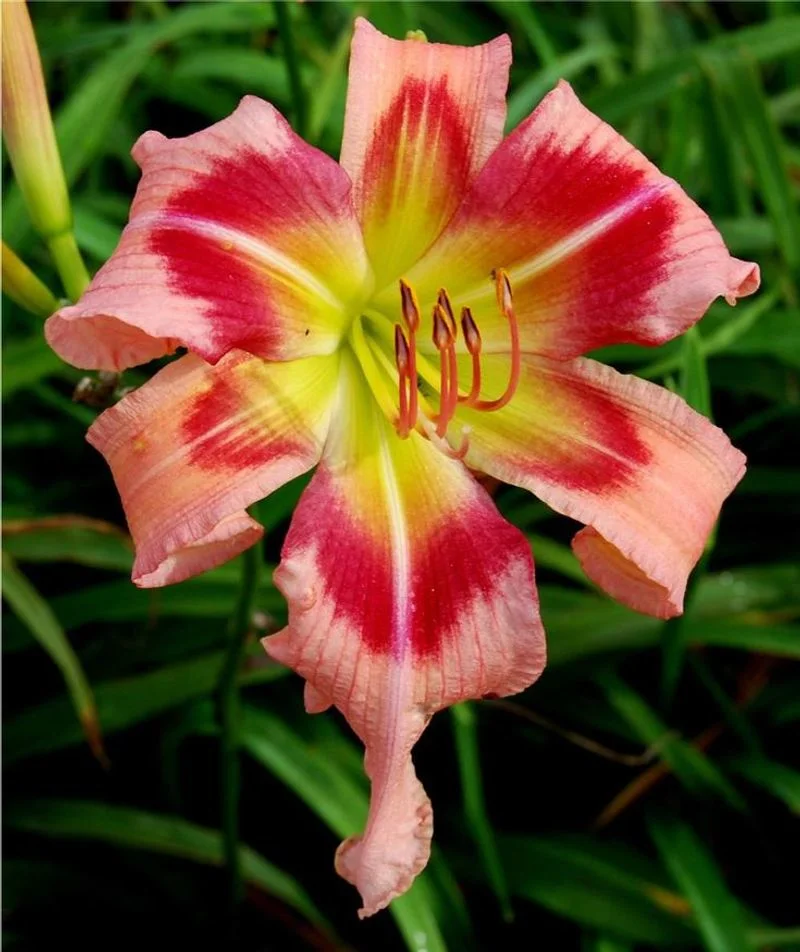
Celebrated for its robustness and variety, the daylily offers a burst of color with minimal effort. Each bloom lasts just a day, but the plant consistently produces new flowers, ensuring a prolonged display. Adaptable to most soil types, daylilies are drought-tolerant once established. They thrive in full sun but can tolerate partial shade. Perfect for borders or mass plantings, they bring a cheerful presence to any garden. Combine different cultivars for a tapestry of colors. With minimal maintenance requirements, daylilies are a reliable choice for lasting beauty.
Coneflower (Echinacea)
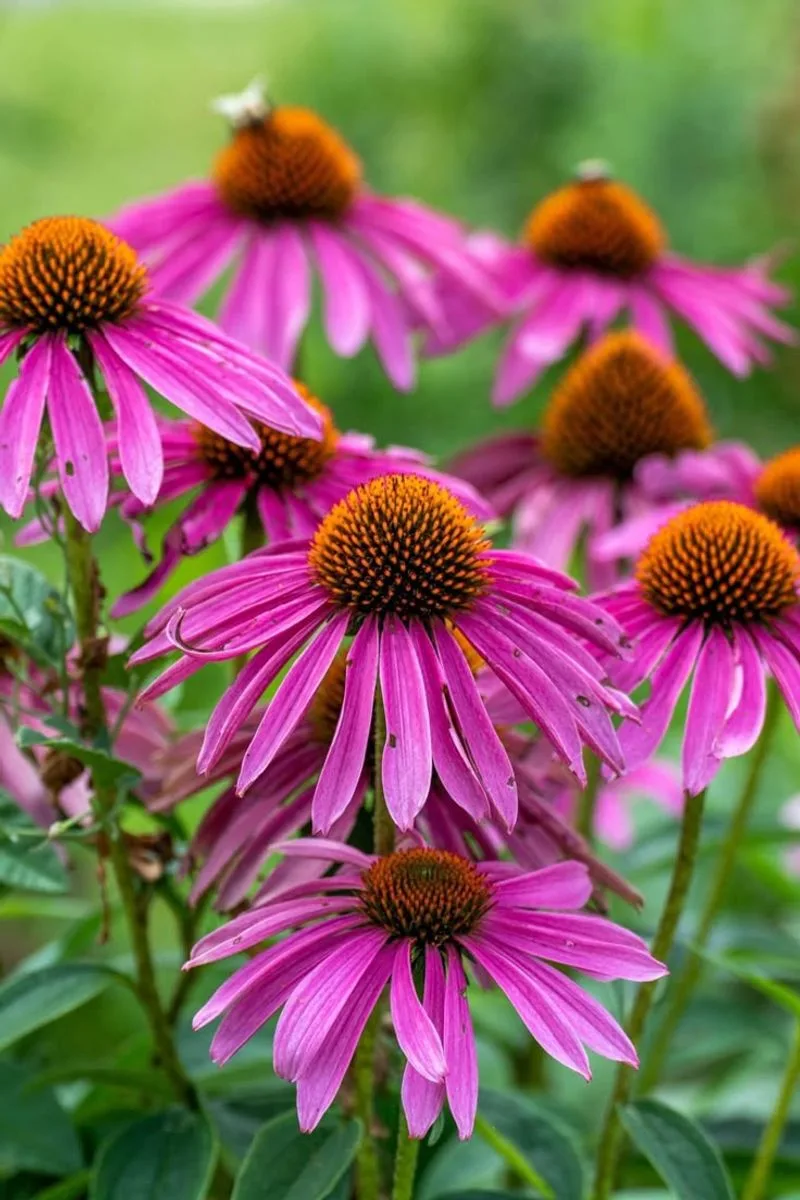
A staple in the perennial world, coneflowers are prized for their durability and vibrant displays. Their large, daisy-like blooms attract butterflies and bees, adding life to any garden. Tolerant of drought and poor soil, they require minimal care, making them ideal for busy gardeners. Plant them in sunny spots for the best floral show. Coneflowers also offer medicinal benefits, with roots and petals often used in herbal remedies. Mix them with ornamental grasses for a prairie-style garden. Their lasting blooms and resilience make coneflowers a garden favorite.
Salvia ‘May Night’
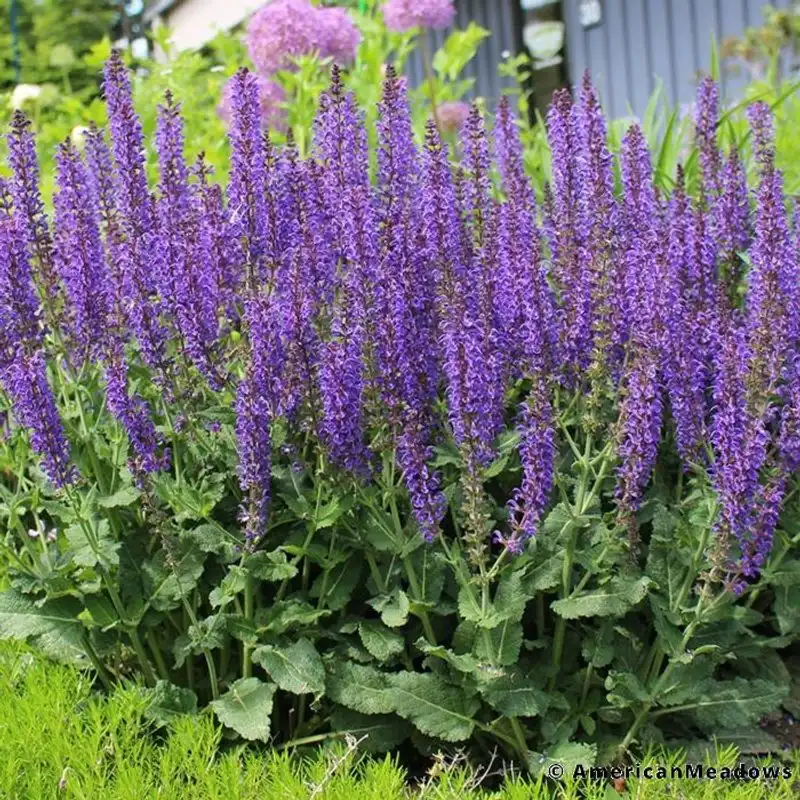
Salvia ‘May Night’ captivates with its deep indigo flowers held high on sturdy spikes. Known for its long blooming period, it brings continuous color to gardens from late spring through summer. This sun-loving perennial is drought-tolerant once established, making it a practical choice for water-wise gardens. Its aromatic foliage deters deer, ensuring the blooms remain untouched. Perfect for borders or mixed plantings, it pairs well with yellow or white flowering plants. Salvia ‘May Night’ is both striking and functional, offering beauty and utility in one package.
Black-eyed Susan (Rudbeckia)

Black-eyed Susans are synonymous with the late summer garden. Their bright yellow petals and contrasting dark centers create a visual spectacle. Known for their hardiness, they thrive in various soil conditions and are drought resistant. These perennials attract pollinators, enhancing garden biodiversity. They’re perfect for borders, meadows, or naturalized areas. Deadheading spent blooms encourages more flowers, extending their display. Combine them with grasses or purple coneflowers for a stunning contrast. Their cheerful appearance and robust nature make Black-eyed Susans a perennial favorite.
Astilbe ‘Fanal’
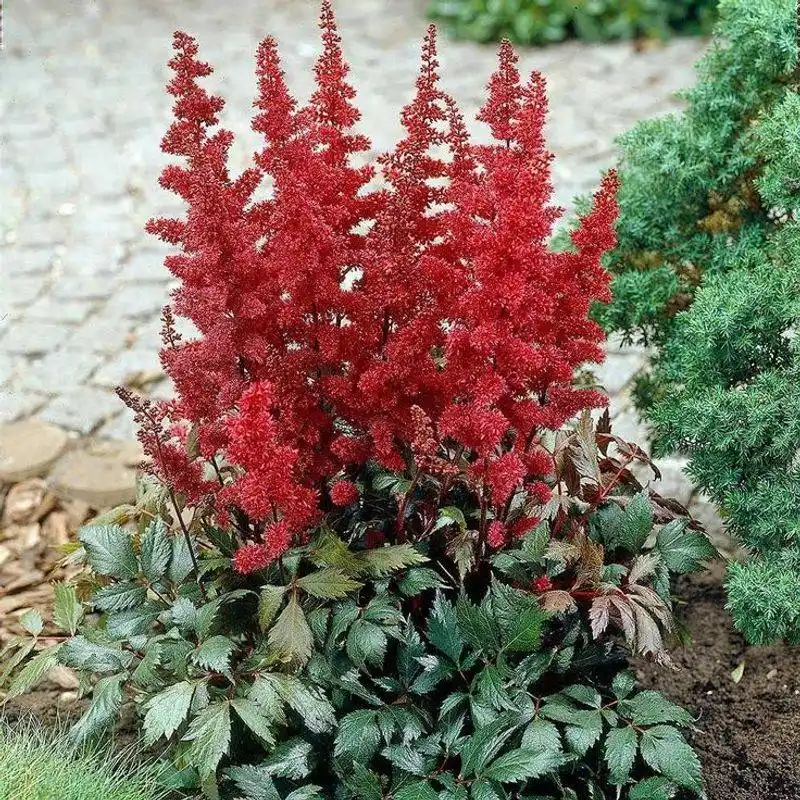
Astilbe ‘Fanal’ is a standout with its bright red plumes that rise above fern-like leaves. This shade-loving perennial thrives in moist, well-drained soils, making it ideal for woodland gardens. Its bold color provides a striking contrast to more subdued foliage plants. The plumes attract butterflies, adding movement and life to shaded spots. Perfect for borders or as a focal point in shaded areas, it pairs well with hostas or ferns. Regular watering ensures optimal growth and prolonged blooming. Astilbe ‘Fanal’ adds drama and elegance to any shaded garden.

